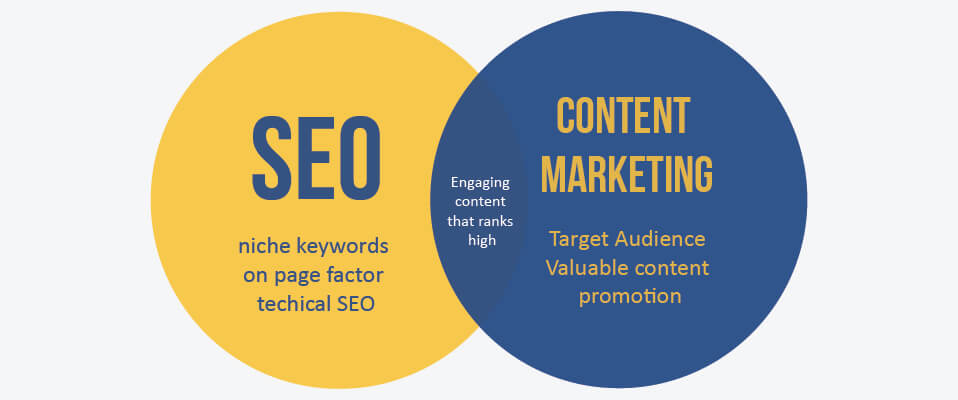
In today’s fast-paced digital world, where instant gratification is the norm, waiting for a slow-loading website is similar to watching paint dry. Website visitors have less patience for slow-loading pages and are more inclined to switch to quicker alternatives. Page speed becomes critical at this point. In this blog post, we’ll explain page speed, discuss how it affects user experience and search engine rankings, and give you some useful advice on how to make it faster.
Understanding Page Speed:
The amount of time it takes for a web page to fully load in a user’s browser is referred to as page speed. It includes a number of elements, including the user’s internet connection speed, the server response time, the size of the webpage’s files, and the effectiveness of the website’s coding. User experience is directly impacted by page speed because quicker-loading pages have more engagement, reduced bounce rates, and higher conversion rates.
The Importance of Page Speed:
- Improved User Experience: Information access should be immediate. A website’s slow loading time irritates users, detracting from their experience and sometimes resulting in missed opportunities.
- Search Engine Rankings : Page speed is taken into account by major search engines like Google when determining rankings. In search engine results, websites that load quickly are more likely to rank higher, boosting their visibility and organic traffic.
- Mobile Responsiveness: As the popularity of mobile surfing increases, increasing page performance is essential. On mobile devices, slow-loading pages can turn away potential customers and damage your online reputation.
Improving Page Speed:
- Optimising Image Files : Compress and resize photographs without sacrificing quality . Use cutting-edge picture formats like WebP and serve images that are the correct size for the user’s device.
- Minify CSS, JavaScript, and HTML : Reduce the size of code files by removing extraneous characters, spaces, and comments . Browsers process and render web pages more quickly as a result of minification.
- Enable Browser Caching : Use Caching techniques to store static files on the user’s browser and speed up subsequent visits by using caching techniques. Use HTTP caching headers to limit the lifespan of cached files.
- Content Delivery Network : Employ a CDN to spread the files for your website among numerous servers all around the world. As a result, the user and the server are closer to one another, which improves reaction times and lowers latency.
- Reduce Server Response Time : To cut down on the time it takes the server to react to requests, optimise your server and database parameters. Consider employing a Content Delivery Network (CDN) with caching features or upgrading to faster hosting.
- Enable Gzip Compression : By using Gzip to compress data, your website’s users will experience faster download times. Gzip compression is supported by the majority of current servers and browsers.
- Remove Unnecessary Plugins and Scripts : Examine your website for plugins, scripts, or code snippets that are no longer in use and remove any that are not required. To lessen the total load on your web pages, remove them or swap them out for lighter options.
The performance and user experience of a website are both critically dependent on page speed. Understanding its relevance and putting the above-mentioned suggestions into practise can help your website load faster, engage visitors, improve search engine ranks, and increase conversions. Keep in mind that an investment in a fast-loading website will pay off with happy customers and a successful company.
Also read, Google Algorithm Update 2024


